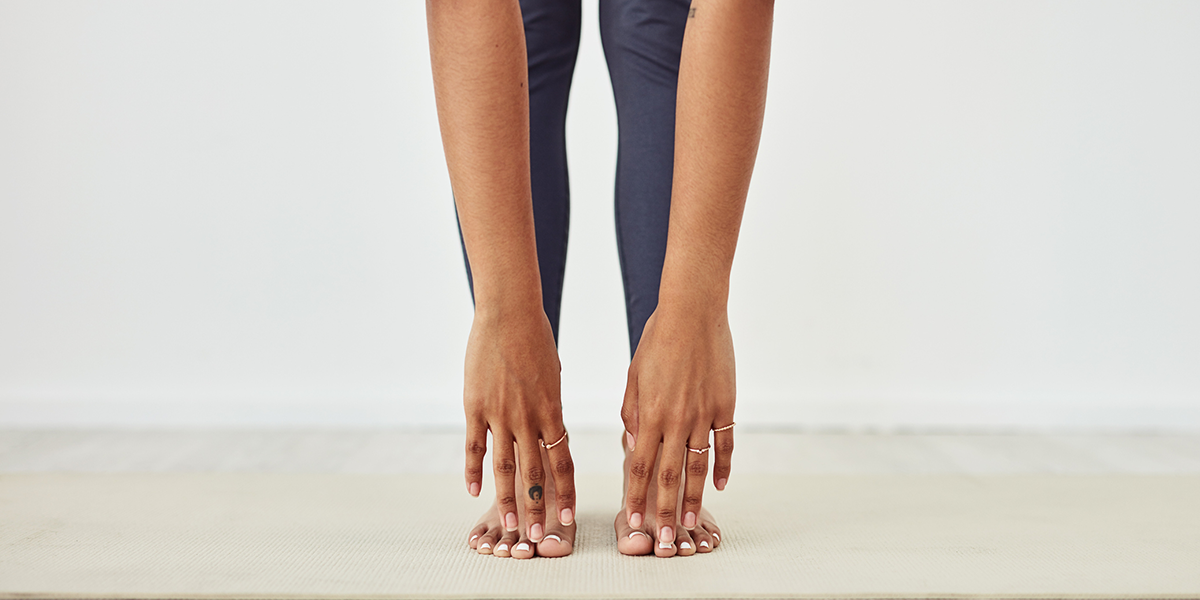
Stretching can help to improve flexibility and mobility by decreasing muscle tension, increasing blood flow to your muscles, and easing your muscles back into their natural resting state.
And because inflexible muscles tend to tire more quickly — causing neighboring muscle groups to work harder from picking up the slack — a regular stretching routine may help you get more out of your workouts.
Read on for five simple tips on how to increase flexibility.
1. Be Consistent
Genetics, biomechanics, and structural alignment can all limit flexibility, So if you want to increase flexibility, hard work and consistency are essential — just like they are for any other fitness goal.
Create a fitness plan that incorporates stretching along with rest days to give your muscles a chance to repair and rebuild. A program like XB Stretch can help you stick to a consistent stretching schedule.
2. Vary Your Stretching Styles
Stretching alleviates tension within our bodies and may reduce the stress associated with common ailments like back stiffness and muscle soreness.
If you’re wondering how to increase flexibility, Stewart recommends incorporating each of the following stretch techniques:
Passive stretching
In this technique, you are relaxed and you do not actively pull yourself into a stretch. For example, you passively stretch when you use a towel, band, another person, or gravity to lengthen your body.
Active stretching
In active stretching, you assume a stretching position and hold it with zero assistance other than the agonist (actively contracting) muscles’ strength. Try lifting your leg into the air and maintaining an extended position. The tension of the agonist muscles holding your leg in place relaxes the stretching muscles.
Dynamic stretching
Dynamic stretching includes controlled leg and arm swings that bring you to the limits of your range of motion. Dynamic stretches are typically shorter in length and involve moving in and out of stretches and and gentle twists. These types of stretches are particularly beneficial during an active warm-up.
Static stretching
Remember those forward folds, side bends, and hamstring stretches you did in gym class? Those are static stretches. This technique involves sitting or lying still while positioning a joint as far as it can go, then holding the stretch for a bit — usually 30 to 90 seconds.
3. Drink More Water
Water makes up 76 percent of our muscle mass — but, as mentioned in this 2019 study, there is a decline in water in our bodies as we age.
“As we age and become more sedentary, we lose flexibility and range of motion in our bodies,” Stewart says. Proper hydration may help reduce this risk and keep muscles flexible and functioning at their utmost capacity.
4. Take a Yoga Class
Yoga focuses on strengthening, stretching, and lengthening the muscles with different poses that target large and small muscle groups at a time. Being guided through various poses will promote flexibility throughout the body, Stewart says, and each posture may be adapted to suit your personal needs.
If you have limited mobility — or you’re just stuck at a desk all day — try easing into a yoga practice with simple chair yoga poses.
5. Focus on Your Breath
People often hold their breath while lifting weights without realizing it. Those shallow or short breaths keep oxygen from making it to your muscles, which can contribute to muscle fatigue.
When doing strength training exercises, research suggests the most effective breathing technique is to take a deep breath at the beginning of each rep, then forcefully exhale during exertion. While stretching, practice big-belly breaths or diaphragmatic breathing to fuel your muscles.